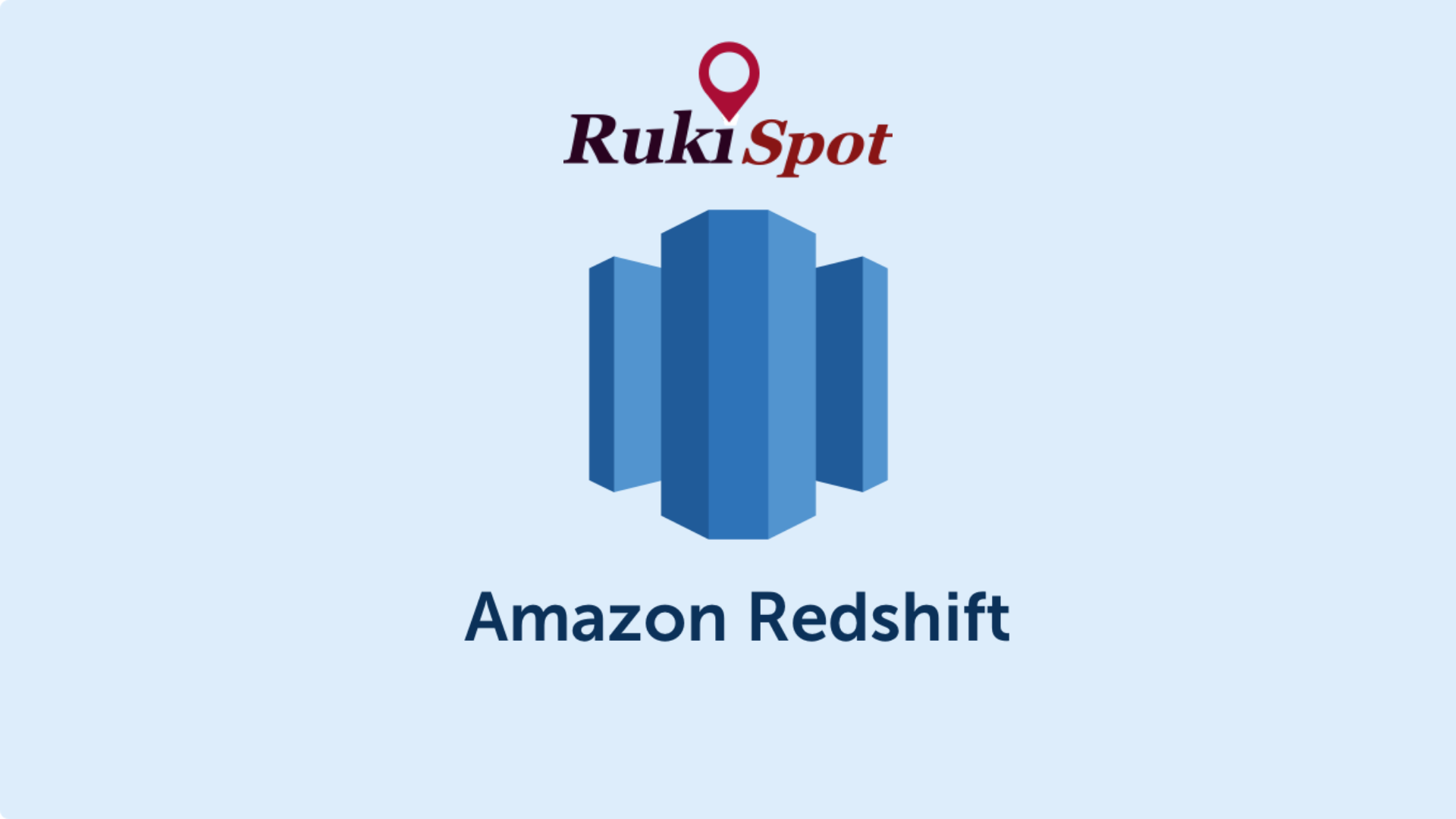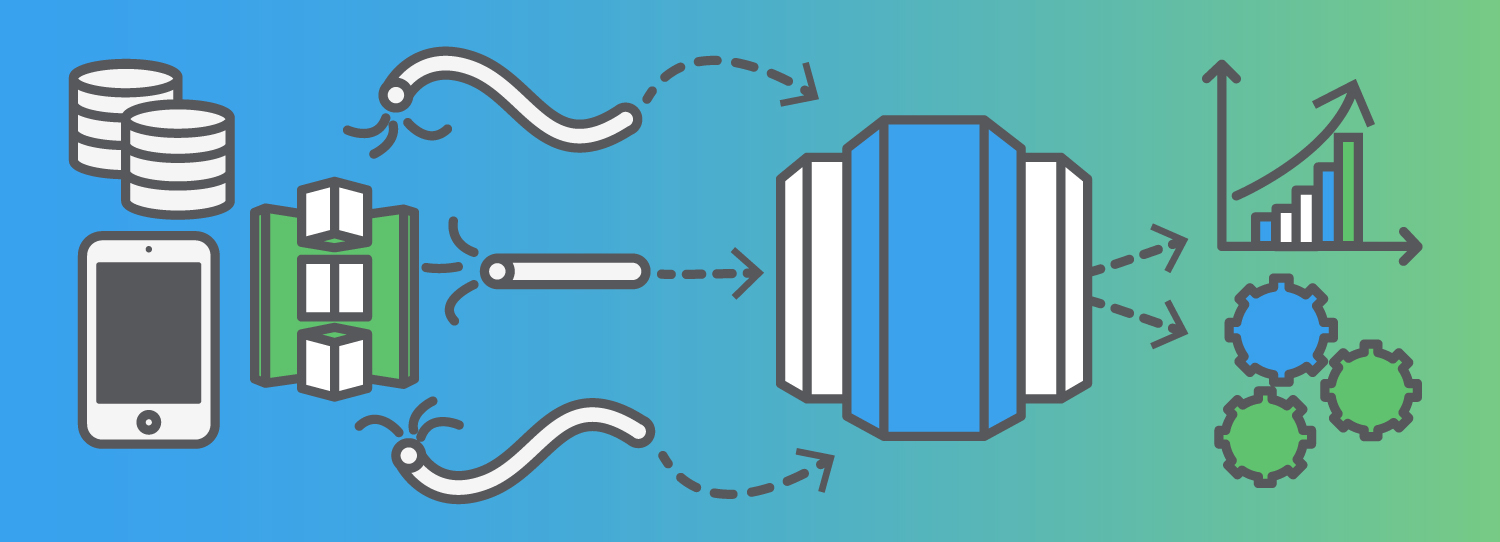To differentiate, Amazon Redshift vs RDS, I would say that Redshift is an Internet hosting and data warehouse service by Amazon. It is a tool that is designed to work with dozens of petabytes of data. Likewise, Amazon RDS( Relation Database Service) is a web service. It is released by AWS(Amazon Web Services) designed to simplify the setup. Its operational and scaling process of a relational database for use in applications. However, if you didn’t understand, don’t worry. I will explain them one by one. Let’s start Amazon Redshift vs RDS:
Amazon Redshift

In particular to Amazon Redshift vs RDS, If you have a business that requires handling of data on a large scale. Moreover, It can work with data up to dozens of Petabytes. Redshift is duty-bound by PostgreSQL and is useful to every SQL applications. The targeted feature of Redshift is to create a data warehouse. Where you can focus on data management. Moreover, You don’t need to keep an effortful and complex infrastructure.
Moreover, you might be wondering – what is data warehouse? Well, it is a relational database which, you can host it on the cloud or mainframe server of an enterprise. Furthermore, It collects data from wide-ranging, heterogeneous sources for the primary purpose of supporting analysis. That is helpful in the decision-making process of management of your business. Besides, Information on Data Warehouse, you can visit here.
Additionally, from the technical point of view, I would say that Redshift is a cluster database where the cluster includes some nodes with virtual databases. It doesn’t include consistency features such as a foreign key and the uniqueness of field values. Therefore, nodes are primary units that you can use for achieving your task.
Fact – While this may be true, Amazon Redshift has the largest Cloud warehouse deployments. It has more than 6500 implementations. According to a report issued by Forrester regarding Cloud data warehouse in Q4 of 2018.
Why you need Amazon Redshift
When you are starting a business, building a traditional data warehouse is a complicated and expensive process. Moreover, Even when you are setting up your data warehouse. It will cost you millions of dollars in software and hardware expenses even before using it. So, if you don’t want to spend that much amount of money, then Amazon Redshift is an alternative for you. It is easy to use, fast and cost-effective method to store your data. You can integrate redshift with any of your BI(Business Intelligence) tools such as Jaspersoft, Cognos and many more. The most excellent thing is that you don’t have to learn any new languages such as PHP, Python, Ruby.
Moreover, All you have to do is load up your cluster, connect your favorite Query tool, and you are good to go. Managing Redshift is a super easy process as it is a data warehouse, it does all the management activities for you.
For example, If you need a data warehouse service to store all the sales data of your business. Now, everything you have to do is Log on to the AWS management console, and within a few clicks, you will have your data warehouse. Besides, to get started you have to pick a node with pre-allocated storage. You can begin your warehouse with a few 100 GBs of data. It scales up to petabyte or more for less than 1000$/TB for a year and that too without any downtime.
USES OF REDSHIFT
- DATA WAREHOUSING
- You can use it for monitoring customer activity for analysis and statistics.
- You can use it to store, analyze and transfer big data within a short time.
- Big corporate uses it for significant amounts of data and lad massive computing loads.
Storage facility provided by Amazon Redshift
On the Contrary, Amazon Redshift you can cluster using either Dense Storage (DS) node types or Dense Compute (DC) node types.

Dense Storage(DS)
- It enables you to create substantial data warehouses using HDDs for a meager price.
- Furthermore, Dense Storage nodes are available in two sizes –
- Extra Large – It provides 3 HDDs with a total 2TB of Magnetic Storage. It has 4 Intel Xeon E5-2676 v3 (Haswell) virtual cores and 31GB (Gibibyte) of RAM.
- Eight Extra Large – It provides 24HDDs ( 8 times of Extra-large) with a total of 16TB of Magnetic Storage. It has 36 Intel Xeon E5-2676 v3 (Haswell) virtual cores and 244 GiB (Gibibyte) of RAM.
Dense Compute(DC)
- It enables you to create very high-performance data warehouses with a large amount of RAM and SSDs.
- Furthermore, It is also available in two sizes
- Large – It has 2 Intel XEON E5-2670v2(Ivy Bridge) virtual cores, 160 GB of SSD storage and 15 GiB(GibiByte) of RAM.
- Eight Extra Large – It has 32 Intel Xeon E5-2670 v2 virtual cores, 2.56 TB(16 times bigger) of SSD Storage and 244 GiB(GibiByte) of RAM.
Amazon RDS (Relational Database Service)

See More: PUBG Pc Download Free Full Version For Windows
In contrast to Amazon Redshift vs RDS, It is a managed service that is easy to set up. Its operate and scale a relational database in the cloud. Moreover, It is useful if you want to run a standard database engine and don’t want to deal with the administration and maintenance. Amazon RDS is fast, scalable and capable of replicating itself among different availability zones to make sure that it is available significantly. AWS(Amazon Web Services) assumes RDS as a fully functional substitute to common hardware databases.
Why you need Amazon RDS
For example, If you have an application and you want your customer to have the best experience with it. Likewise, when you use Amazon RDS, then your Application and database work together. So, if your business is growing day-by-day managing a database becomes complex. So, if you want to stay ahead from your competition, then Amazon RDS helps your application in achieving high performance. Its secure customer data. Furthermore, You can choose from various database engines, and some of them are –
- Amazon Aura MySQL
- Maria DB
- Oracle Database
- Postgre SQL
As a result, you won’t have to worry about purchasing the rack. Its stack hardware and installing software. All you have to click and the new database will be made available to you.
NOTE- In fact, Amazon RDS was first released on 22 Oct 2009.
Storage Facilities provided by Amazon RDS
It offers three types of attached storage for database and logs. These storage types are encouraged by Amazon EBS (Elastic Block Store) technology.
- General Purpose (SSD) – It is intended for primary workloads and databases, which can be quick but not too big. Its performance is around three IOPS per gigabyte, which you can boost up to 3000 IOPS for a long time and 10,000 IOPS as the upper limit. However, there are some size restrictions.
- SQL server supports volumes from 20 GB to 16 TB.
- MYSQL, Maria DB, Oracle DB supports volumes from 5GB to 16TB
- Magnetic Storage – This storage is on HDD and suitable for that database that requires low input/output. It’s size limit fall between 5GB and 3TB. Their performance is around 100-200 IOPS, and the ceiling is 500.
Storage Facilities provided by Amazon RDS
Note – Magnetic storage cannot be reserved for a single instance. Therefore, final capacity depends on the users.
- Provisioned IOPS – PIOPS is building on virtualized a volume that has stable capacity from 10000 to 20000 IOPS. PIOPS is the best storage choice if you have a database with intensive workloads and interactive applications. It is also attached with database engines. However, it has some limits-
- SQL server editions and web editions vary between 100 GB and 16TB.
- MySQL, Oracle DB, Maria DB varies between 200GB and 16TB.
USES OF AMAZON RDS
- If you already have a database which needs to be offsite.
- If you want your data to processed quickly without too much onsite.
- Furthermore, You can use it if your application requires the database to be fast, durable and scalable.
Want to Buy Amazon Web Services Click Here
When to use Amazon Redshift vs RDS?
In contrast to, Amazon Redshift vs RDS enables you to run the traditional database on the cloud while offloading database administration. You can use Amazon RDS for OLTP(Online Transaction Processing and for reporting and analysis. Whereas, Amazon Redshift binds the scale and resources of multiple nodes. It also uses a variety of optimizations to provide an order of magnitude improvements over the traditional databases.
CONCLUSION
To conclude, Amazon Redshift vs RDS, I would say that Redshift is designed for heavy lifting. It crunching big data queries against a large database. Whereas, RDS is a relational database for primary data and running software such as – SQL and can be used as the main database. Most of the time large organizations deal with a large amount of data. Moreover, if you have a large organization and need to make a critical decision for your business from a mountain of data.






